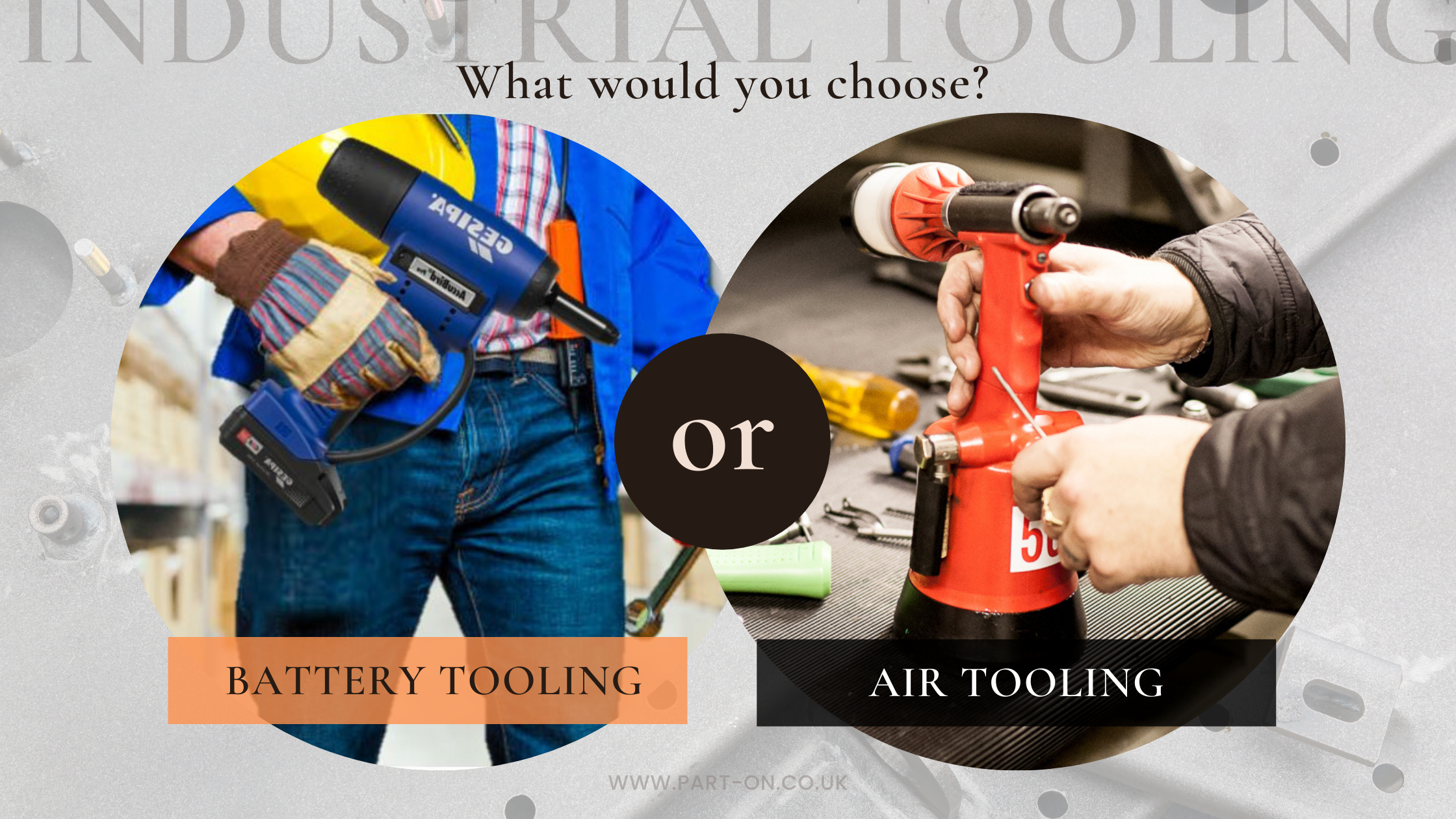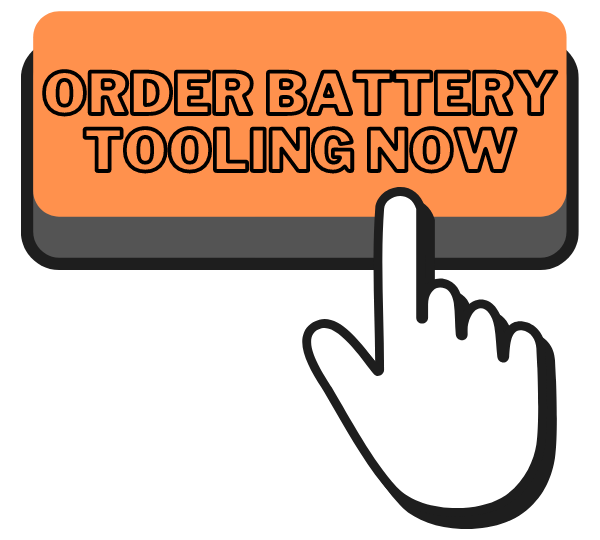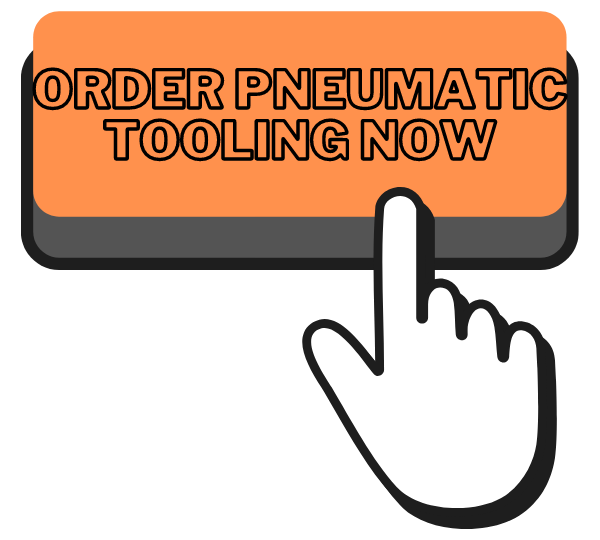Battery Tools Or Air Tools? Which Is Better?
21 September 2021
Buying Guides, Tools

Two common types of power tools are pneumatic/air tools, which are powered by compressed air, and battery tools, which use a battery to power them. Each type of power tool comes with pros and cons to consider depending on your application. Choosing which tool is best for you should depend on what your specific needs are.

When choosing between different power tools, an important thing to consider is whether the tool can get the job you require done. For example, if you need to cut through steel, you will need a specific torque. Choosing a tool for convenience or cost is not always the best point of call as if it isn’t strong enough to get the job done, this will waste time and money.
- Pneumatic tooling is notoriously strong, reliable, and robust. You can adjust the torque by allowing the air compressor to deliver more or less power. This has made them the favoured tool of choice in places like machine shops and auto shops.
- Battery tooling is also becoming more powerful as the market expands. Air tools were “on top” in terms of power/torque; this was especially true for cordless tools, which couldn’t offer the same juice… but things are changing! With new battery technologies and tool design, electric tools are coming to rival air tools in power.

Nobody wants to spend unnecessary money on a tool. On the other hand spending, too little could mean you’re not getting exactly what you need. Tools pay for themselves in the work they do for you if they match your application. When considering cost, find the balance between what you are spending and what you are getting with the type of power tool you choose.
- Pneumatic tools have higher upfront costs, lower maintenance costs. There are many reasonably priced air tooling on the market, for example, the Part-On Range V-2 or FAR RAC211. They also tend to last longer due to being robust and reliable. However, you cannot run an air tool without an air compressor, and it can be costly to purchase and fund electricity. Air compressors are an expensive and unavoidable up-front cost for pneumatic tools, although most businesses already have them in their units.
- Battery tools can be more cost-effective than air tooling, but this is not always the case as you pay for quality! The nice thing about battery tools—corded—is that they have their power supply worked in, so you don’t need to invest in a power source. A battery tool will always be a little more expensive than an air tool that performs the same task, although as a purchaser, you should consider an inexpensive air tool is useless without a compressor, which comes at a cost.

If you are using tools all day, every day, then the desired feel of the tool and how it works is specific to each operator! Different battery tools offer a variety of grips and weights. These factors become more and more critical the more hours you spend handling them.
- Pneumatic tooling can be light yet limiting. Either tool type will offer a comfortable hand fit; that is just a matter of trying and finding what feels good to you! Both tool types can vary in weights/size, so it is essential to source this information before you buy! for example, the Gesipa Taurus 4 is 2.2kg, but tools such as the FAR RAC211 are 1.4kg. The main con with pneumatic tooling is that there is no cordless option. Air tools still need a hose to connect to the compressor, so handling them will always have that drawback.
- Battery tooling makes for easy movement. There is a reason cordless tools are a favoured option—they allow you to move around! You are not tethered to an air compressor, so there is nothing to trip over; therefore, this can be considered from a health and safety standpoint. And while battery tools can be heavier, they are becoming more lightweight as technology advances! For example, the beloved Gesipa Accubird is now only 2kg, and the FAR EB500 new range is only 1.8kg! If you are a business/individual on the go, then a battery tool is the best use for you as you can take it wherever you go!

Smart technology isn’t limited to cell phones and tablets; even battery and air tools are becoming smarter! New technologies are coming onto the market that can allow your tools to tell you more about how you work and what they need.
- Pneumatic tools are exploring the capability of Bluetooth; we are beginning to see this creep into the air pneumatic tool market! These tools gather data as the device is used, transmitted to your phone, tablet, PC, or computer. The tool can tell you details about the angles you are working on, the torque offered, and information on the tool’s needs, e.g., maintenance.
- Battery tooling is expanding. Manufacturers are releasing cordless power tools with intelligent batteries, for example, the Gesipa iBird, a networked device working with Bluetooth and wifi! These batteries also utilise Bluetooth technologies to give you information on your tools and how you use them. They let you know when the device runs hot or needs a break to achieve the best performance.


